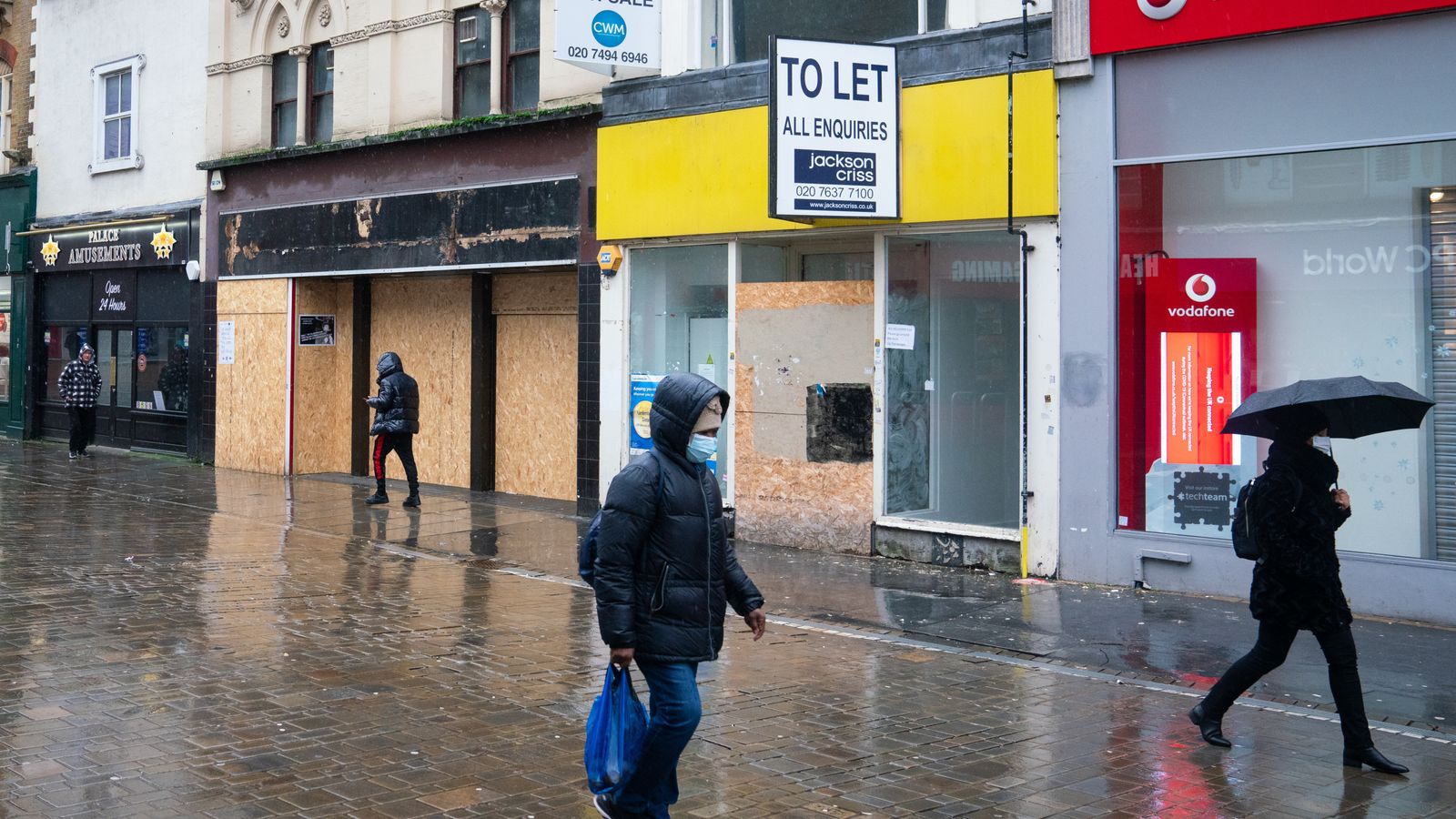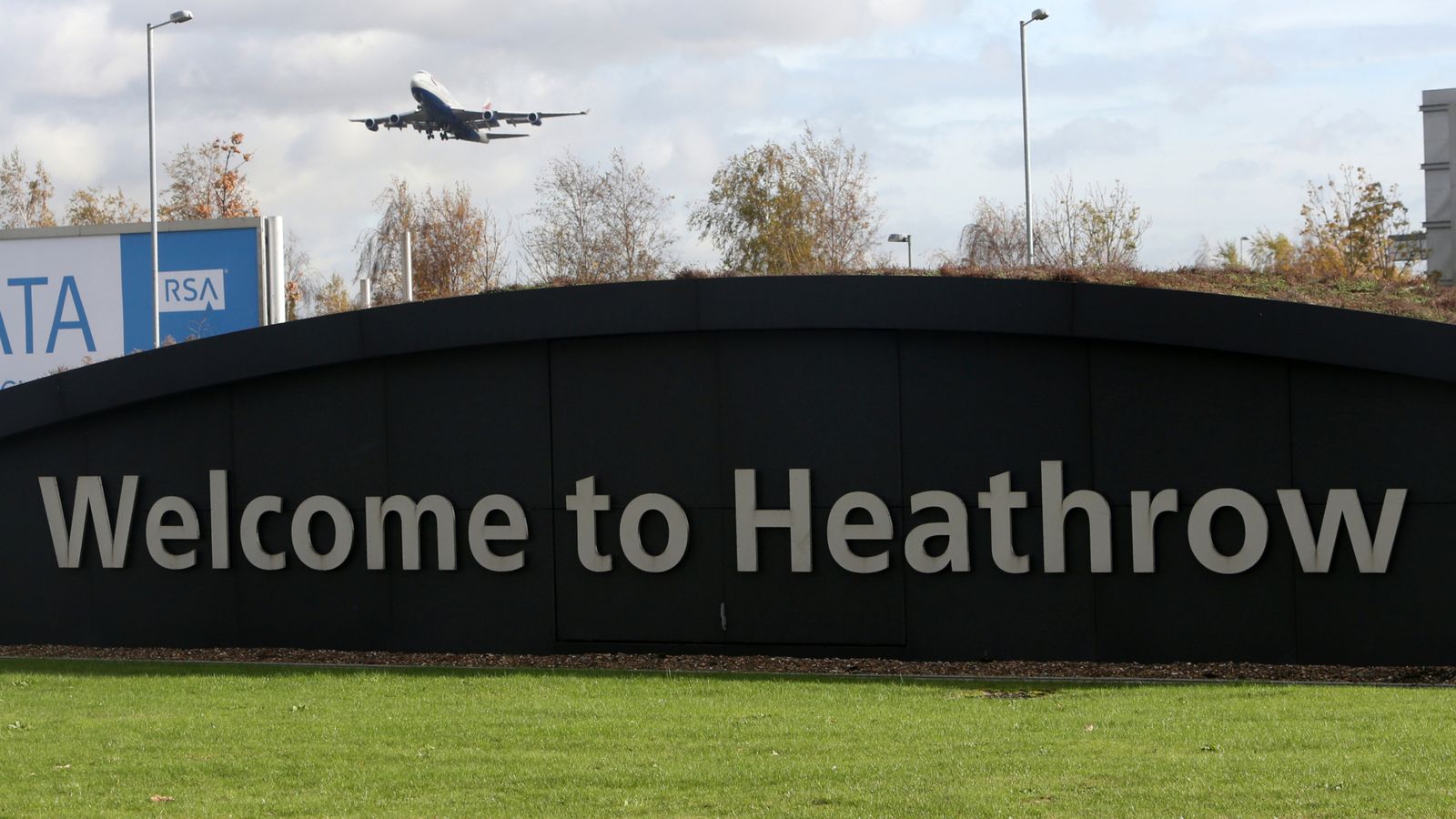Shop occupancy rates improve despite cost of living crisis
A return of people to offices is credited with driving demand for store space but the retail sector expects the first half of the year to remain tough.

The number of shops lying vacant on British high streets fell during the final three months of 2022, despite pressure on both firms and consumers from surging costs.
Figures in a report from the British Retail Consortium (BRC) and Local Data Company (LDC) showed the overall vacancy rate improving to 13.8%.
It marked a 0.1 percentage point improvement on the July-September period, the report showed.
The total was also 0.6 percentage points better than the same period last year and marked the fifth consecutive quarter of falling vacancy rates in the wake of the COVID pandemic.
Despite government support, a swathe of chains and independent stores closed amid the public health restrictions.
A shift towards online shopping and staying at home during the pandemic was soon followed by a surge in costs following the reopening, with stores and hospitality struggling to recruit staff at the same time.
Costs tied to the reopening were exacerbated by energy-led inflation which is still, industry says, claiming victims by the day as many struggle to pay their way at a time of depressed spending by consumers.
The report showed that Greater London, the South East and East of England had the lowest vacancy rates.
While the highest rates were in the North East, followed by Wales and the West Midlands.
The North East, however, was seeing the highest rates for store openings.
The study suggested this was being aided by a return of investment, supported by the return of people to offices and the repurposing of many abandoned sites.
That said, the rate of inflation remains at levels not seen for 40 years and the Bank of England is widely expected to continue raising its base rate of interest in the coming months to help ease rising living costs despite the threat of recession.
Official figures have already shown a decline in sales during the key month of December while closely-watched surveys on consumer sentiment remain weak.
Helen Dickinson, chief executive officer of the BRC, said of the outlook: "The first half of 2023 will likely be yet another challenging time for retailers and their customers.
"There are few signs that retailers' input costs will ease, putting further pressure on margins, and making businesses think twice on how much investment to make.
"However, the situation should improve in the second half of the year, as inflationary pressures begin to ease and consumer confidence is expected to return."
-sky news






